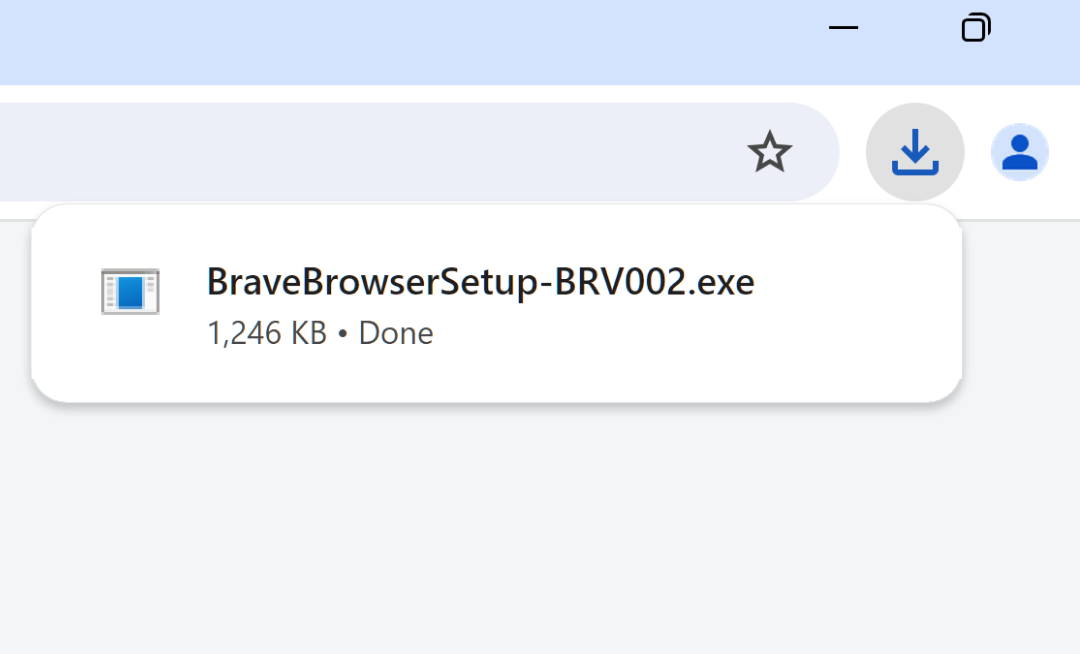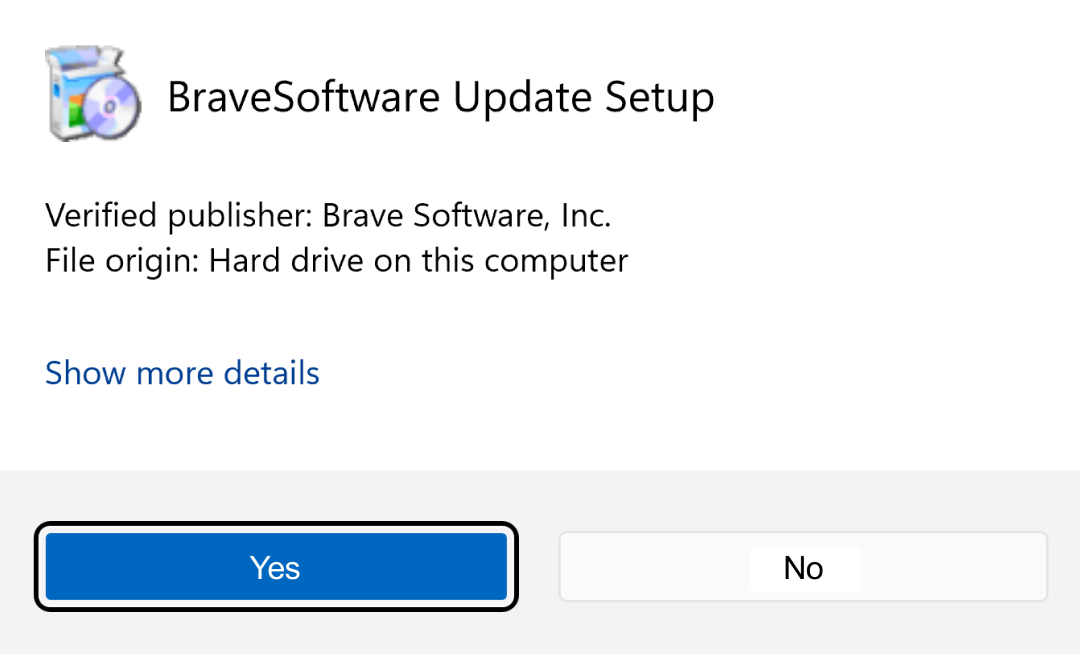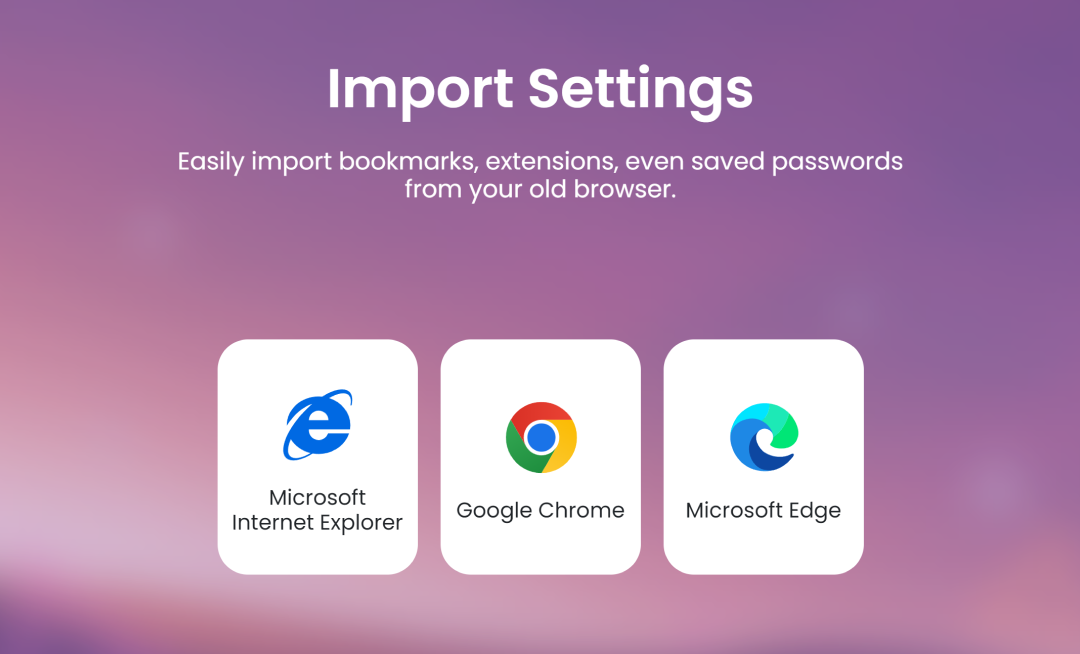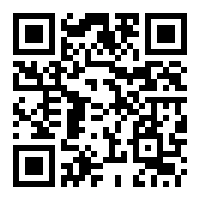As Meta ads quickly become more expensive and less effective, many advertisers are seeking alternatives to Meta ads when building out ad strategies. Learn more about the problems the Meta ads platform is facing (like being oversaturated with competition), or read on to discover some viable Meta ads alternatives—including private ads designed to be more future-proof.
What are the best alternatives to Meta ads?
First let’s explore some ad platforms that use the familiar (but failing) traditional ad model. These platforms will have a similar feel to Meta’s ad model, but are still susceptible to many of the same problems as Meta, despite fairing a bit better.
X (formerly Twitter)
X reportedly has over 500 million MAU—significantly less than Meta, but a number that’s growing. It has a highly engaged audience. And there’s also less competition driving ad costs up on X than Meta (because it’s not as saturated with advertisers).
X offers brands a variety of advertising options: image ads, video ads, carousel ads, text ads, and—as part of Twitter’s rebranding to X—some new offerings as well. Some of these new ad units include Amplify, Takeover, and Live—which are intended to reach more users than standard X ad units, though they’re coupled with much higher CPMs.
X’s CPM is dependent on campaign dynamics, but is estimated to be approximately $6.50 on average. CTR can reach as high as 2% for ads that include a URL, more than twice what you’d expect to find on Meta, and with a significantly cheaper CPM.
The only caveat is that you’ll need to have concise, simple, and effective messaging to fit within X’s 280-character limit for ads—an obstacle Meta advertisers don’t have to worry about.
Note that X uses similar tactics when it comes to collecting user data and offering targeted ad space. X has been hit with its own fines and lawsuits for data mismanagement, and is susceptible to the same types of data regulation challenges as Meta.
LinkedIn (which is owned by Microsoft) has about 90 million MAU, which makes it a relatively small social media platform. But its user base is made up of business professionals with higher incomes to spend, as well as pages for businesses themselves. Business pages are suited for B2B advertising—making the audience and its intent quite different from most other ad platforms.
LinkedIn also offers brands a variety of ad units to take advantage of: sponsored content, sponsored messaging, text ads, dynamic ads, and lead gen forms. Advertisers will find that LinkedIn’s CPM is far higher than other platforms—estimated to be over $30 on average. This may be for good reason, however, as LinkedIn’s professional demographic, on average, spends twice as much as users from other platforms. The ad spend also might not seem so high when you consider its potential for B2B marketing, which typically costs far more than B2C ads across the board. LinkedIn’s CTR also varies widely based on industry and ad type.
LinkedIn does provide relatively detailed tracking and analytics, also allowing brands to target individual groups of users and monitor how users interact with their ads. Though, once again, this type of data collection is susceptible to the risks and same regulatory limits that Meta faces.
TikTok
Relatively new to the scene, TikTok gained rapid popularity among a younger audience (now predominantly aged 13–30). Its user base was about 1.2 billion MAU in Q4 2021, and reached 1.6 billion by the end of 2022. And its engaging video format has users hooked. One third of people who’ve installed TikTok open it everyday and spend, on average, 1.5 hours a day using it.
With a wide variety of ad formats, TikTok’s average CTR ranges from 1.5% to 16% for certain types of high-profile ads. TikTok’s CPM rates average about $10, which is cheaper than most platforms.
Because of its newness, TikTok is less saturated with advertisers, except for those that are ahead of the social media curve. Its ad revenue in 2021 was about $4.5 billion, and it more than doubled that revenue to $9.4 billion in 2022.
TikTok has also come under scrutiny for its aggressive default data collection policies, including collecting info like the contents of messages, precise device location data, contact lists, calendars, and the contents of hard drives (even external ones). The surveillance economy of Web 2.0 is creepy, and TikTok seems to be pushing this model of data collection to the extreme. It’s also the only major social media or ads platform partly owned by a government entity, which raises questions about its independence—the Chinese government owns a 1% stake in TikTok’s parent company, ByteDance, and holds a seat on the board of directors for one of ByteDance’s main subsidiaries.
The best private advertising alternatives to Meta ads
Now let’s look at a truly private—and highly effective—alternative that offers more future-proof advertising.
Brave is uniquely suited for private advertising because its ad model puts privacy first, and fairly compensates users for their participation. Through the privacy-focused Brave browser, users can choose which types of ads they want to see, if any. And when users do opt in, they receive a portion of the ad revenue as compensation for their attention. Brave’s revolutionary new ad ecosystem gives users real autonomy, and respects their privacy whether they opt in or out of receiving ads. Answering users’ call for data autonomy, Brave has amassed almost 70 million MAU.
Brave’s ad units include:
- Keyword-matched search ads in Brave Search
- Full-page sponsored images in new browser tabs
- Push notifications
- Image and text cards in the Brave News feed
And because Brave’s user-base has taken such clear steps to avoid Big Tech, they’re significantly more engaged and more likely to click through on ads they see in the privacy-preserving Brave Browser and Brave Search. Push notifications, for example, have a $20 CPM, with an exceptional 8% CTR to match.
And Brave users are unique. They’re frontline tech users who care about privacy. They understand (and use) Web3. And they’re largely unreachable anywhere else: They use ad blockers, and they stray away from paid television and most social media.
Brave Ads gives brands a chance to reach tech savvy early adopters, the highly discerning users at the vanguard of demanding a privacy-first Internet.
Advertising in 2024 and beyond: a time to diversify
Although the digital landscape for ads is changing rapidly, things are still in flux. Web browsers still rely on different kinds of cookies, and Web 2.0 social media platforms are still leaps and bounds beyond what’s available as private/Web3 alternatives.
This means that advertisers looking for optimal strategies should diversify their approach to advertising: Use the data that’s available in traditional ad platforms, while also preparing for the day those data sources dry up. Advertisers should look for better, safer, higher-performing alternatives to platforms like Meta and Google, and also start advertising on new platforms to prepare for the privacy-focused future.
As we continue to shift towards a future of online privacy, it will become increasingly important to understand users’ privacy concerns—their use of ad blockers, opting out of ads, and their demands that brands interact on their terms.
Thankfully, connecting with private audiences is just a click away. Visit Brave Ads to get started with your first privacy-respecting ad campaign.




